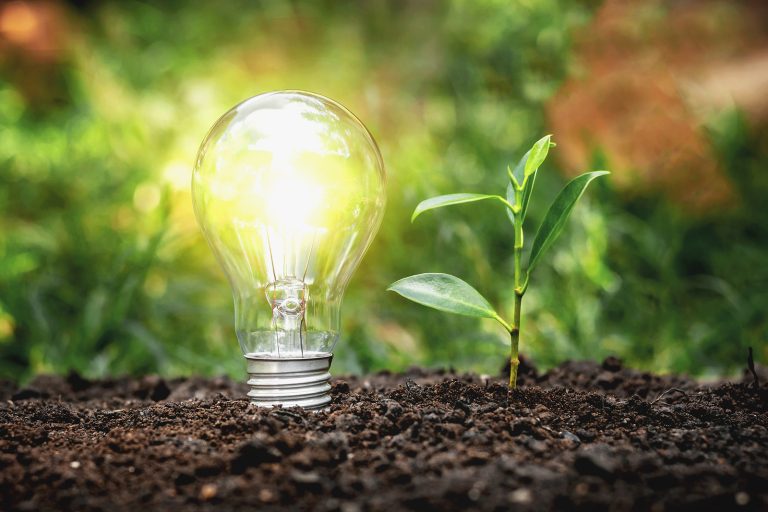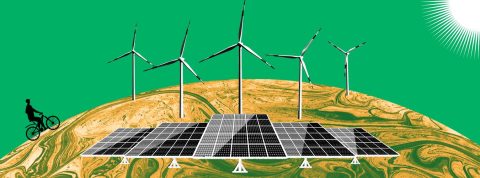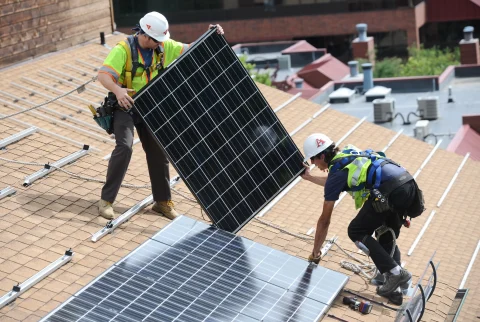Introduction
Could yesterday’s waste be tomorrow’s electricity? For an increasing number of cities around the world, the answer is yes, and it’s already powering homes.
In Denmark, biomass powers around 30% of district heating by transforming local waste into clean, renewable energy. As more countries strive for renewable energy, biomass plants are playing a big role, especially in regions where solar and wind are not enough. In the above sections, we will explore the journey of biomass energy from raw waste to real-world electricity and where it’s proving most effective.
Biomass Electricity Plants: The Unsung Heroes of Clean Energy
At their core, biomass electricity plants change things we typically treat as waste, including leftover food, forest debris and even plant remains, into reliable, clean electricity. In 2024, over 4,500 bioenergy power plants were in operation across the world, according to ecoprog, demonstrating just how important this area has become. Rather than just cutting down on waste, this technology sees it as a resource for the future.
The Life Cycle of Biomass Energy
Biomass energy isn’t just about the final product you get; it’s about everything that leads up to that. It means paying attention to what happens to organic materials, from their growth to their conversion and use. This life cycle explains how energy from nature is used in the modern era to power our lives.
- Collecting Organic Materials
The journey begins by gathering plant-based waste like wood chips, crop leftovers, and food scraps that would otherwise decompose or be discarded. - Preparing the Biomass
These materials are then cleaned, dried, or chipped to ensure they are ready for efficient energy conversion. - Converting Biomass into Energy
Using methods such as combustion or gasification, the biomass is transformed into heat or gas, which forms the core source of energy. - Producing Electricity
The heat or gas powers turbines connected to generators, turning the energy into electricity for everyday use. - Reusing Byproducts
The leftover ash or biochar is often repurposed as natural fertiliser, completing the cycle by returning nutrients back to the soil.
From Theory to Practice: Where Biomass Electricity Works Best
Biomass electricity plants may sound like high-tech infrastructure, but they’re already making a difference in everyday settings. Here’s how and where they work best in the real world:
1. Rural farmlands
Straw, husks and bagasse produced after harvesting are rarely put to good use and can often be seen burning in the open in agricultural areas. Farmers use biomass plants to turn waste into electricity, which lowers their fuel expenses and allows them to produce energy near the farm. For example, in Brazil, local sugar mills use sugarcane bagasse to produce electricity and help nearby farms and electric grids.
2. Forest-rich zones
In places where forests are common, you may notice an abundance of bark, sawdust and logging debris. Biomass plants tap into this stream of waste to generate electricity sustainably. With an abundance of managed forests, Sweden relies on forest biomass for both electricity and heat, helping the country achieve its goal of becoming carbon neutral.
3. Remote or off-grid communities
In some areas of Sub-Saharan Africa, setting up biomass systems with farm and house waste allows rural areas to use electricity for the first time. Instead of using polluting fuels like kerosene, these setups are used to provide lighting, charging for phones and power for small devices.
4. Urban hubs with waste challenges
Lots of organic waste is produced daily in cities thanks to vegetable markets, restaurants and food processing plants. It’s through urban biomass plants that these wastes can be efficiently processed into electricity. Some municipalities have even begun integrating biomass energy into their waste management strategy, helping reduce landfill volumes and emissions at the same time.
5. Coastal Agro Zones
Many parts of coastal areas that focus on farming or growing seafood create a lot of organic waste—coconut husks, rice straw and seaweed are typical examples. This material can be used for biomass electricity generation. In the Philippines, coastal areas are trying community-scale biomass plants that run on rice husk and coconut waste, which helps local coastal towns be less dependent on diesel while providing sustainable power to their fishing industry.
Frequently Asked Questions (FAQs)
1. Can we say that biomass electricity plants are good for the environment?
Yes, biomass plants produce electricity in a more sustainable way than fossil fuel plants. Good management keeps them carbon neutral, so plants only give back the carbon they took in as energy.
2. What is the lifespan of a biomass power plant?
A well-maintained biomass electricity plant can operate for 20 to 30 years. The lifespan depends on the technology used, the consistency of feedstock supply, and regular maintenance.
3. Does a biomass electricity plant perform better than solar or wind energy?
Even during flat sun hours or windless days, biomass electricity plants can supply a steady power supply. Although solar and wind are clean and useful, biomass is more reliable and turns waste into useful energy, which makes it valuable wherever climate conditions vary.
4. What types of waste can be used in biomass plants?
A range of organic waste, including rice husks, forestry leftovers, animal waste and discarded food, can be changed into energy in biomass plants. People mainly rely on resources that are handy and easy to obtain.
Conclusion
In the search for sustainable solutions, we often look up towards solar or wind, but maybe it’s time we look down too. As biomass power plants clearly depicts that cleaner energy doesn’t always come from the sky; sometimes it grows from the ground.
So, the next time you hear “renewable”, will you think beyond the skies? Let us know in the comments below.
Reference Material
Image






